Bidirectional charging is more than just a technological option – it is a strategic lever for the energy transition. With the ELF, Mercedes Benz is exploring the full potential of this key technology: not only absorbing electricity, but also feeding it into the home (Vehicle-to-Home; V2H), into the grid (Vehicle-to-Grid; V2G) or directly to electrical devices (Vehicle-to-Load; V2L). This allows electric vehicles to become an active part of a sustainable energy system. In the future, they will offer customers greater independence and potential cost savings. The ELF tests bidirectional charging in real-world scenarios. The findings are fed directly into the series development of future models.
The ELF is capable of both AC and DC bidirectional charging:
- AC (alternating current) enables the power supply of electrical devices (V2L) and the return of energy via a bidirectional AC wallbox directly into the home network – for applications such as Vehicle-to-Home (V2H) or Vehicle-to-Building (V2B) or into the public power grid (V2G). An advantage is that the infrastructure is more cost-effective. A disadvantage is that standardisation becomes more complex as the vehicle must meet the requirements of different power grids.
- DC (direct current) allows for direct energy recovery with a bidirectional DC wallbox into the public power grid (V2G) and directly into the home or building network (V2H; V2B), depending on the infrastructure used. An advantage is high efficiency, especially when using a hybrid inverter for bidirectional charging. With photovoltaics and home storage, it is easier to meet grid requirements. A possible disadvantage could be the slightly higher investment costs for the charging infrastructure.
Mercedes Benz brings not only research but also experience to the table, as demonstrated by the successful introduction of bidirectional charging in Japan with the CHAdeMO standard. Mercedes Benz is also preparing specific customer offers for the CCS standard. The new all-electric CLA with EQ Technology and the new GLC with EQ Technology are already technically equipped for bidirectional charging with a compatible DC wallbox. In the course of 2026, Mercedes Benz will launch its first services for bidirectional charging in Germany, France and the UK. Other markets will follow. The MB.CHARGE Home offer combines the vehicle, bidirectional wallbox, green electricity tariff and energy market access. The aim is to reduce household costs and support grid stability. Thanks to intelligent control and an app, vehicles can not only charge in a cost-optimised manner but also feed energy back into the home network or power grid. This turns electric cars into active energy storage devices and contributes to the energy transition.
,xPosition=0,yPosition=0.5)
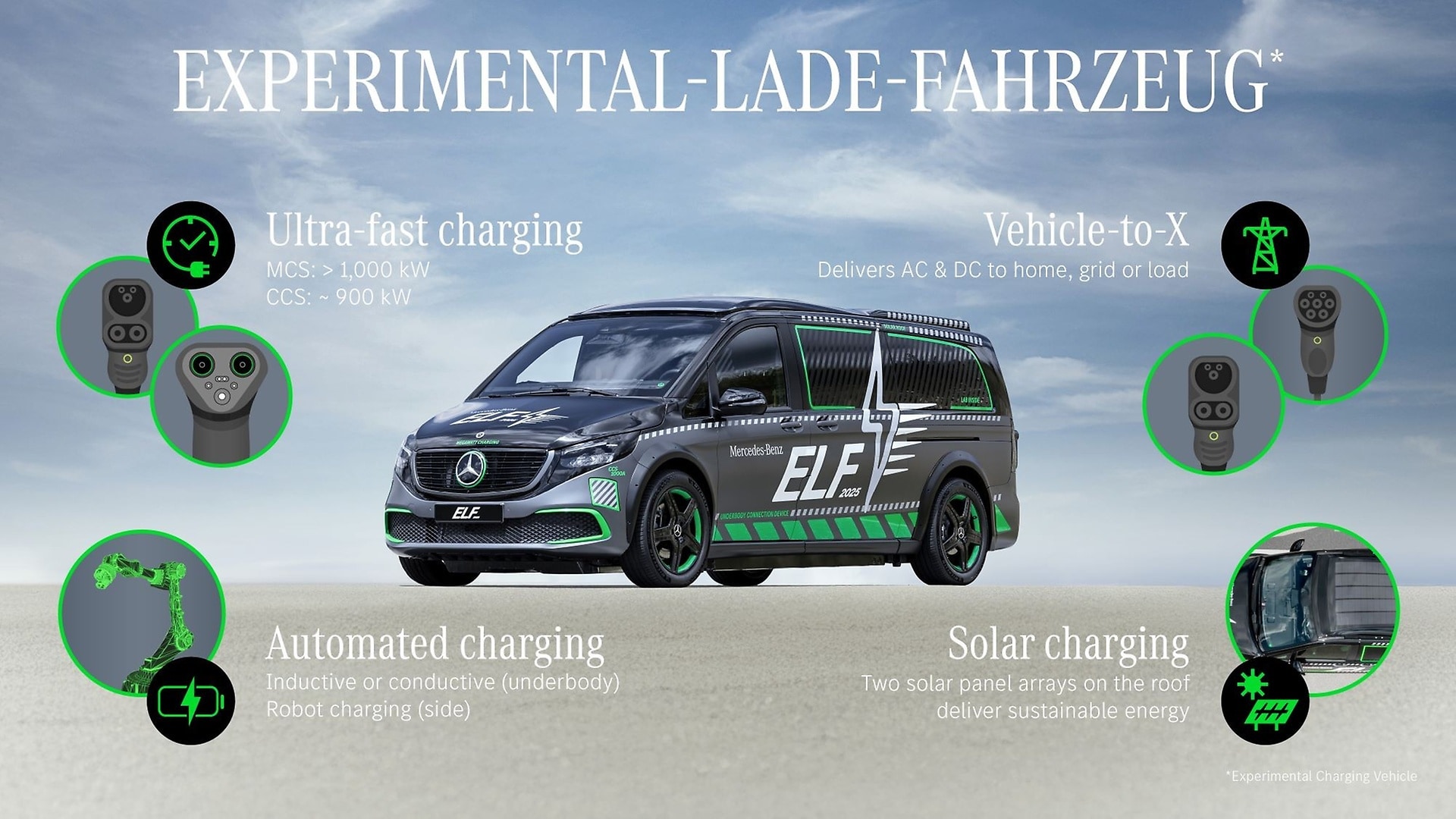
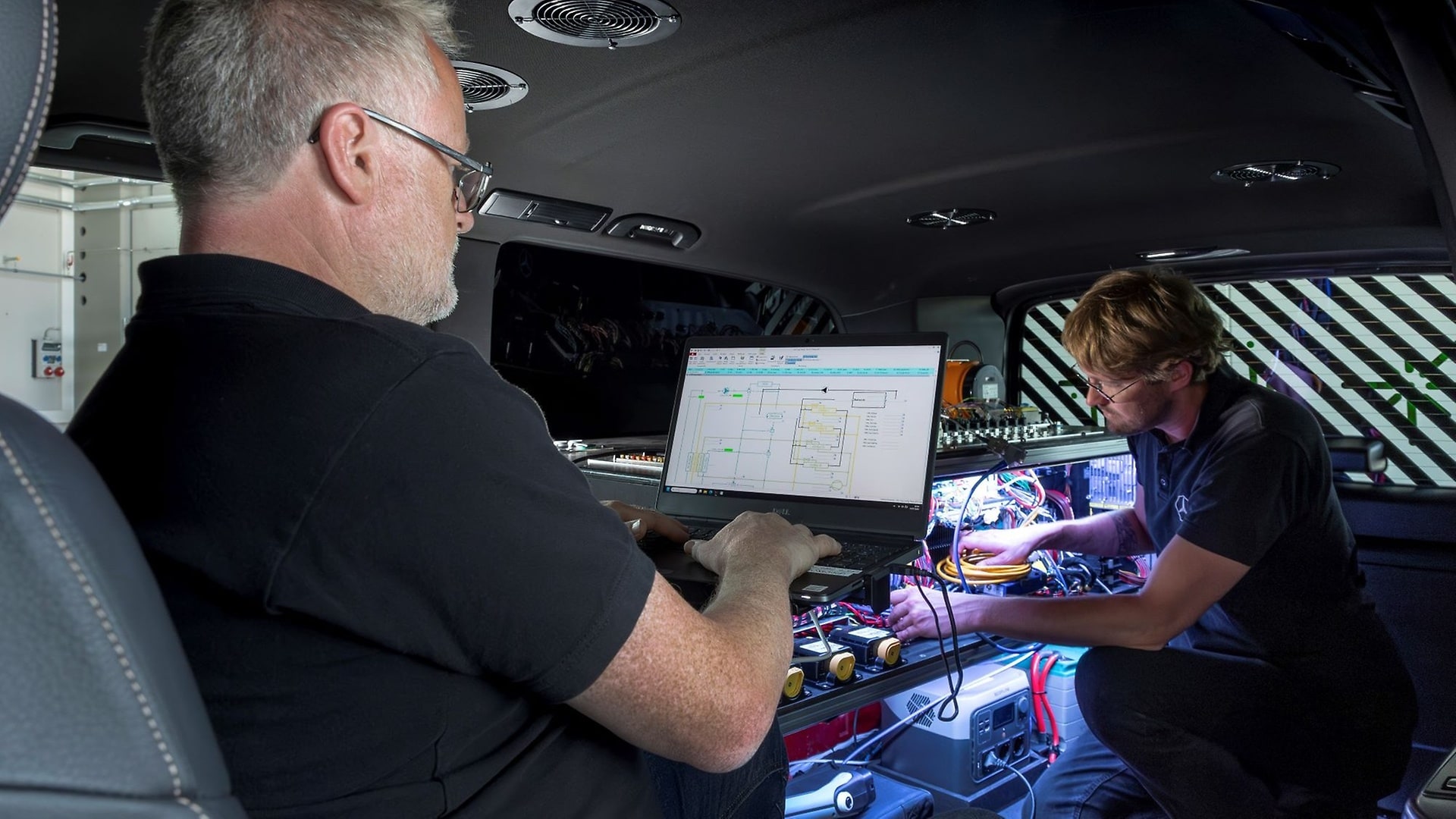
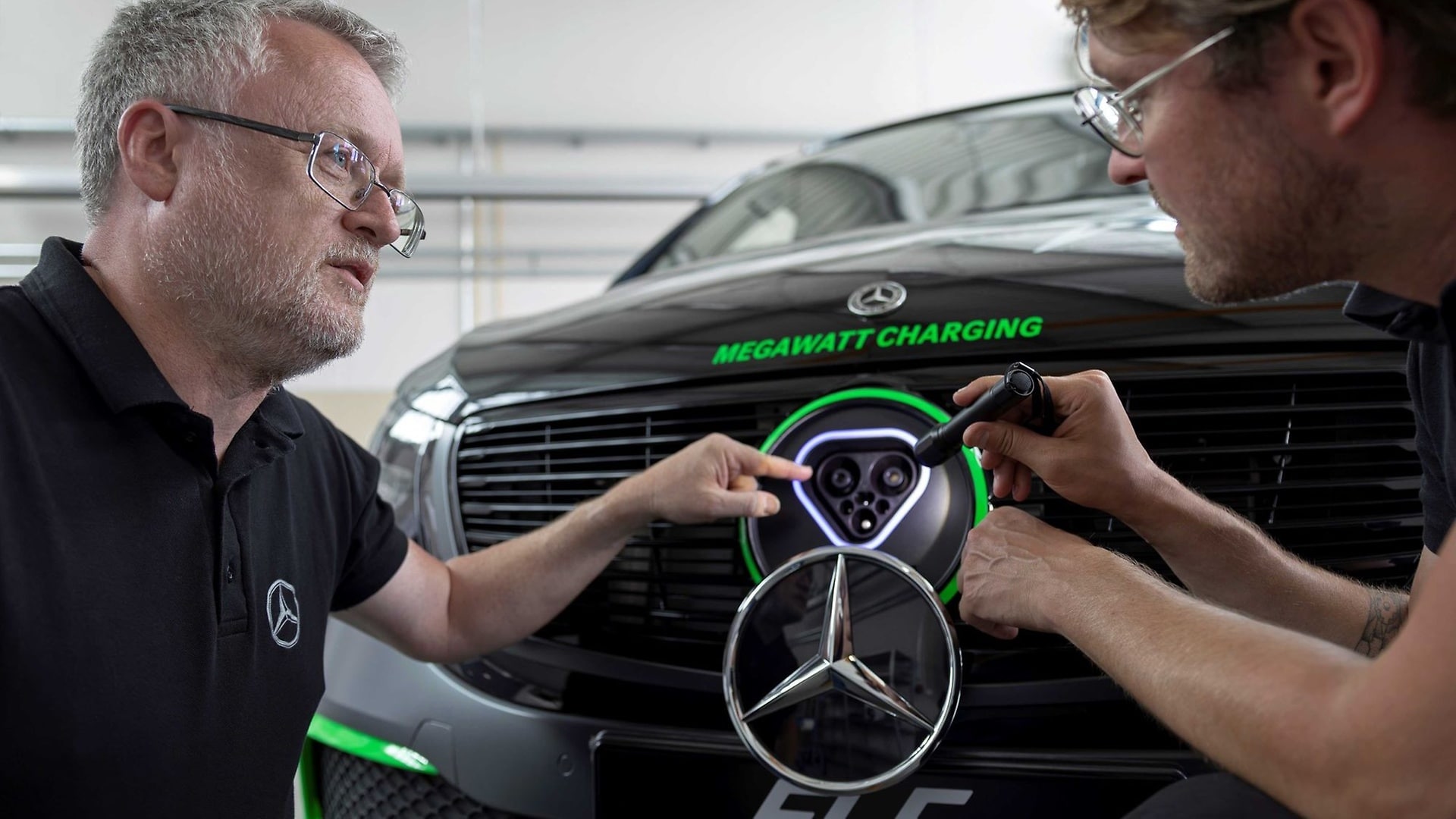
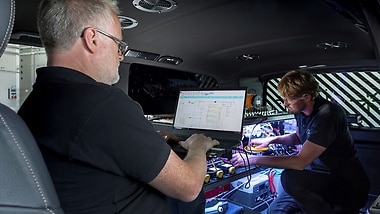
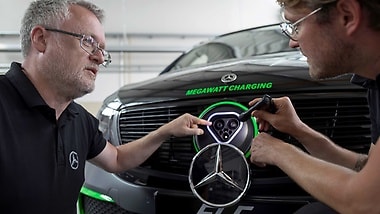
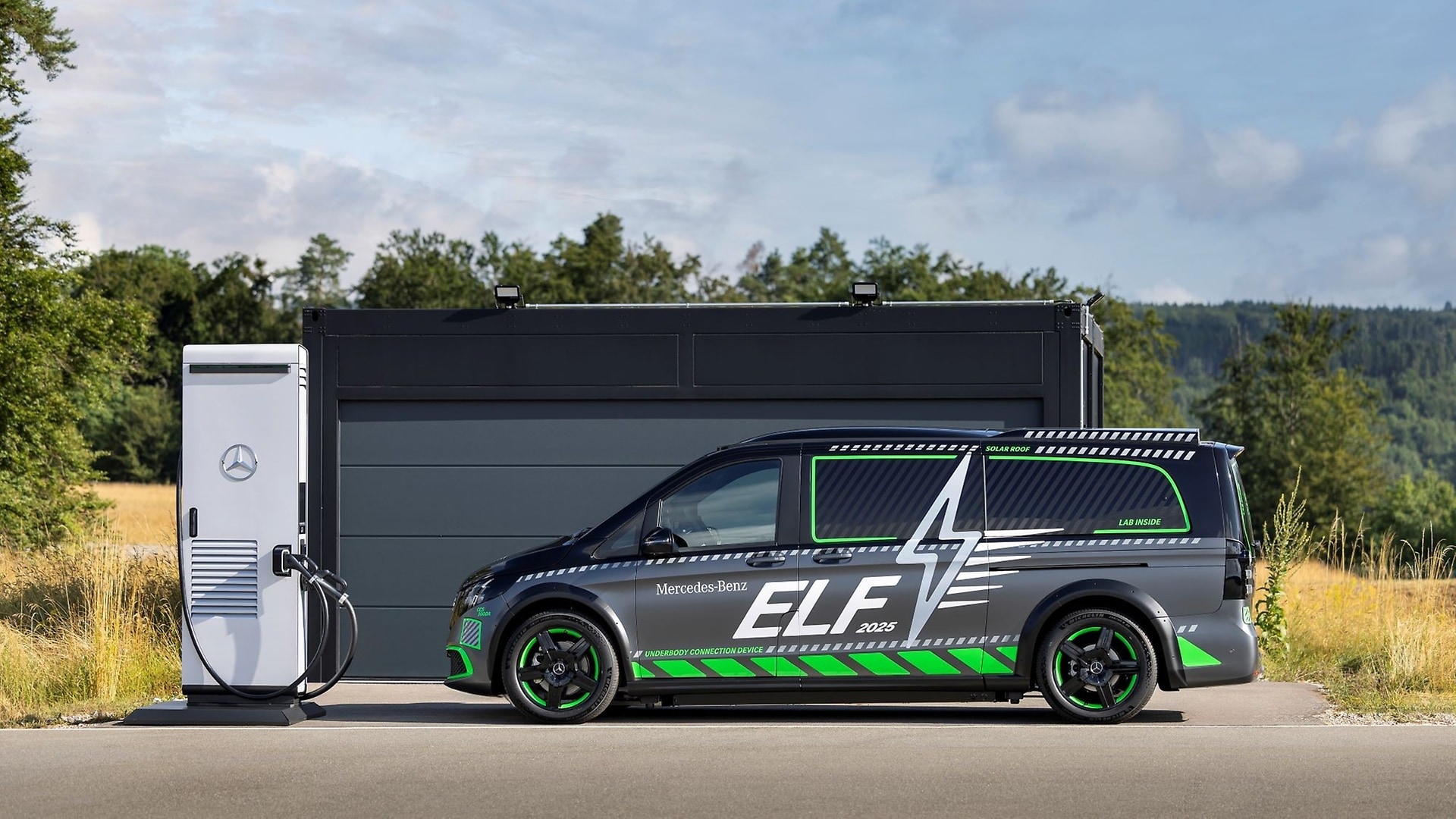
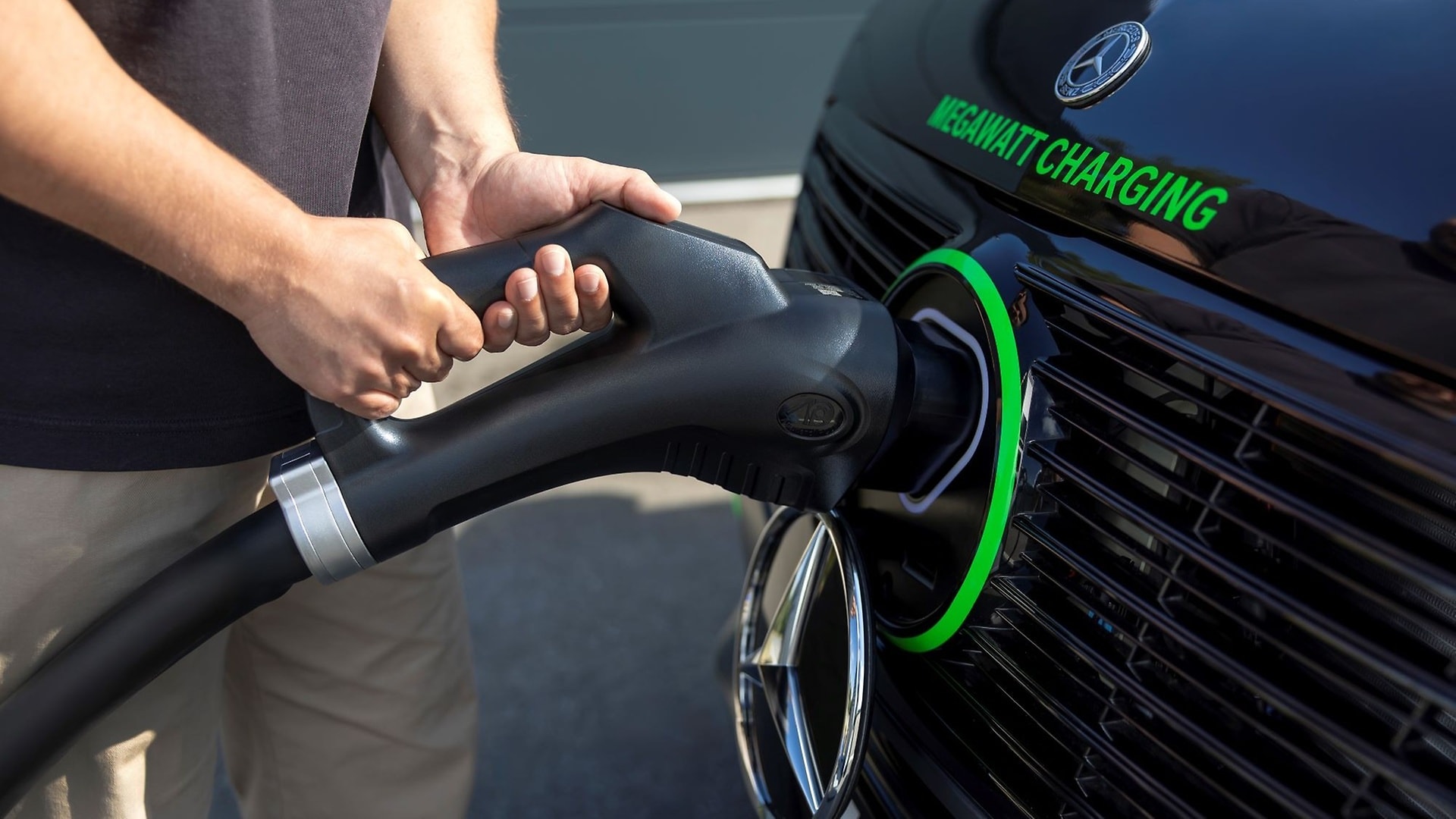
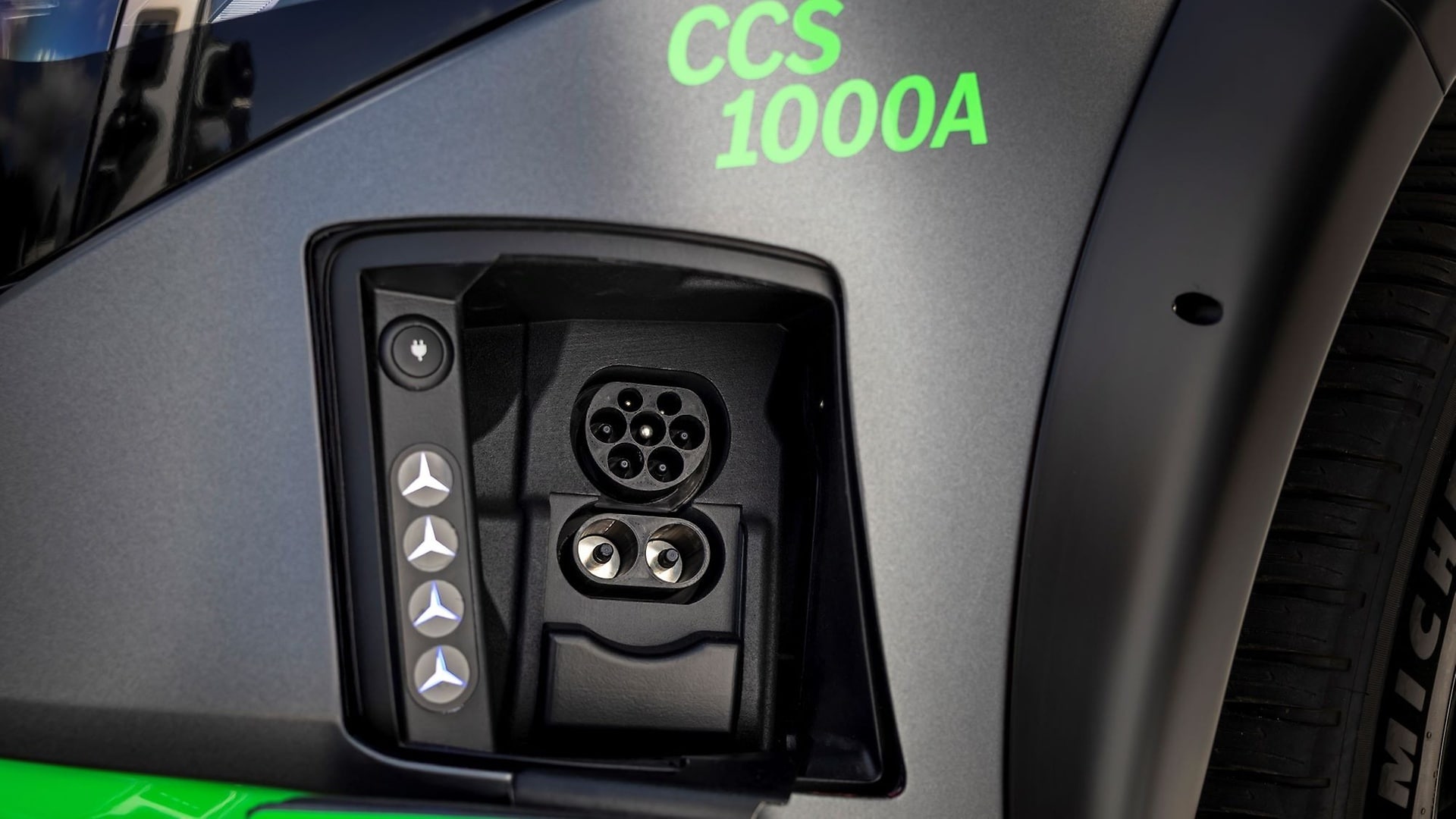
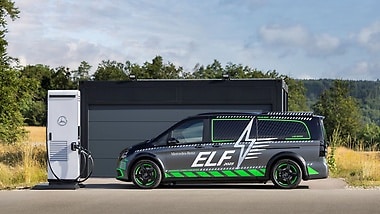
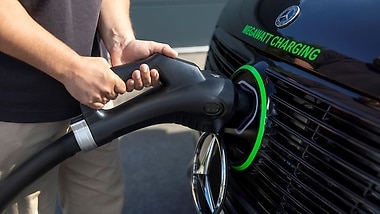
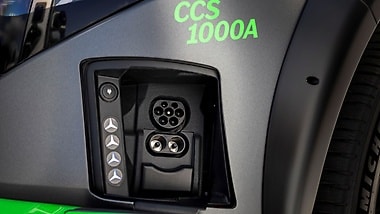
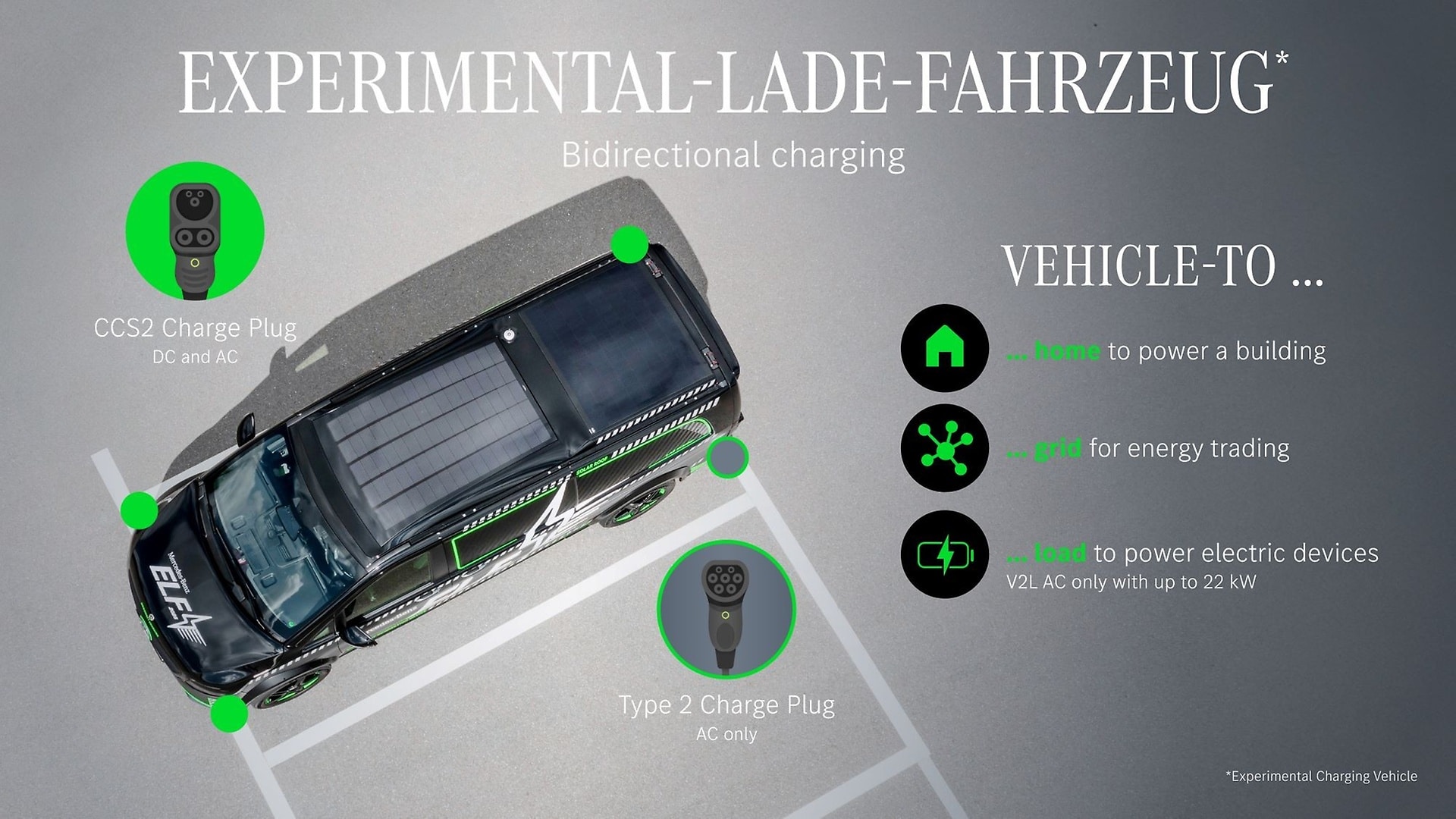
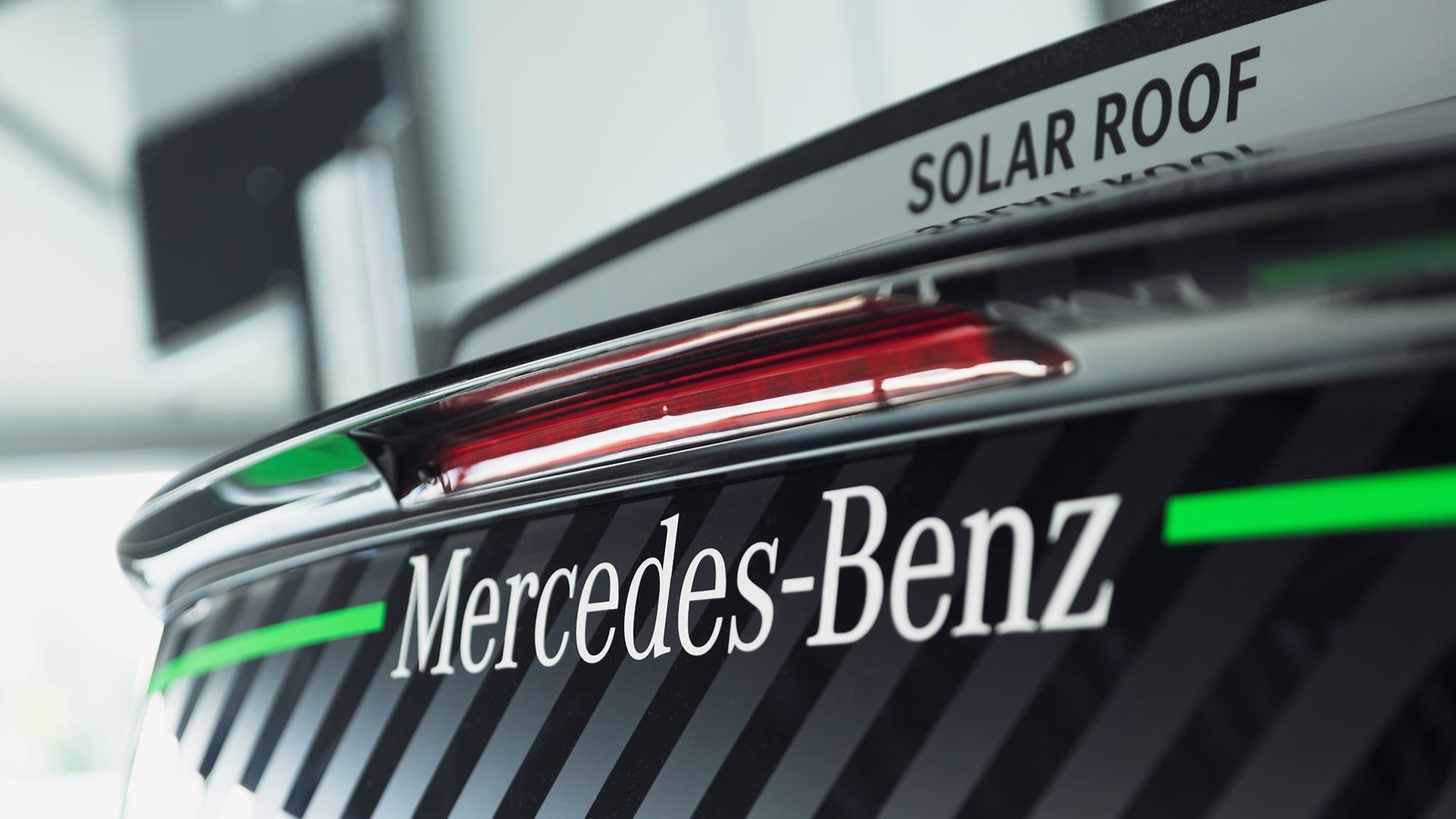
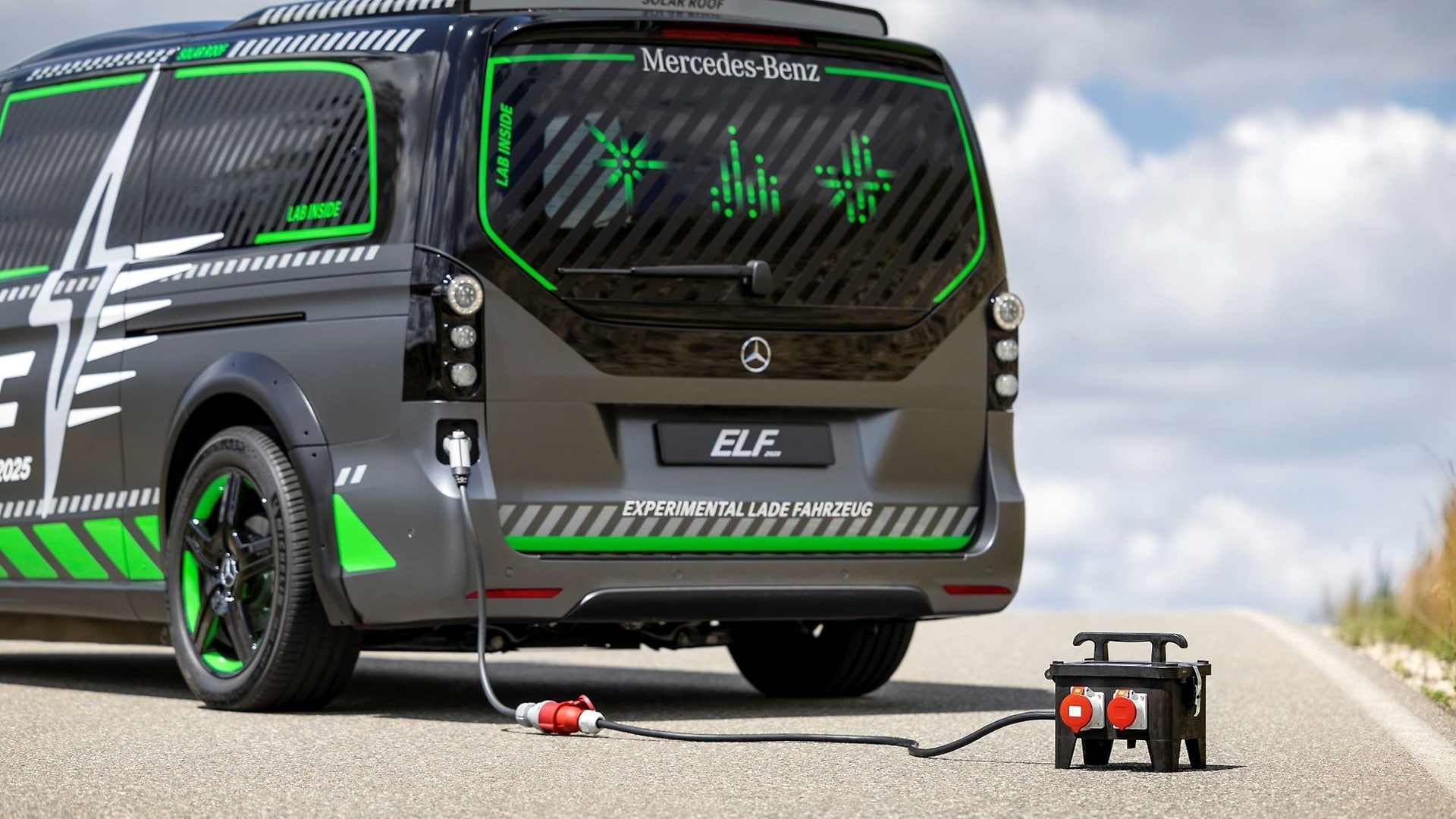
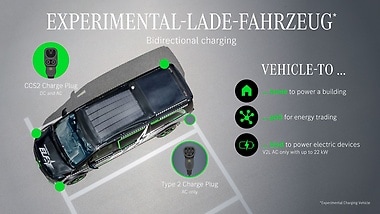
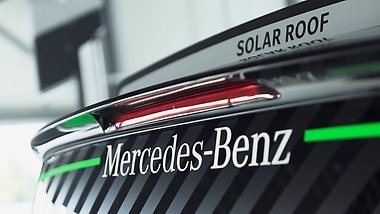
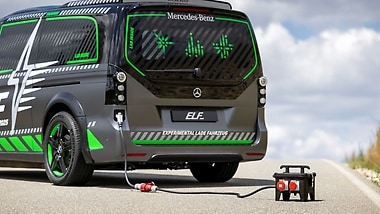
,xPosition=0.5,yPosition=0)
,xPosition=0.5,yPosition=0)